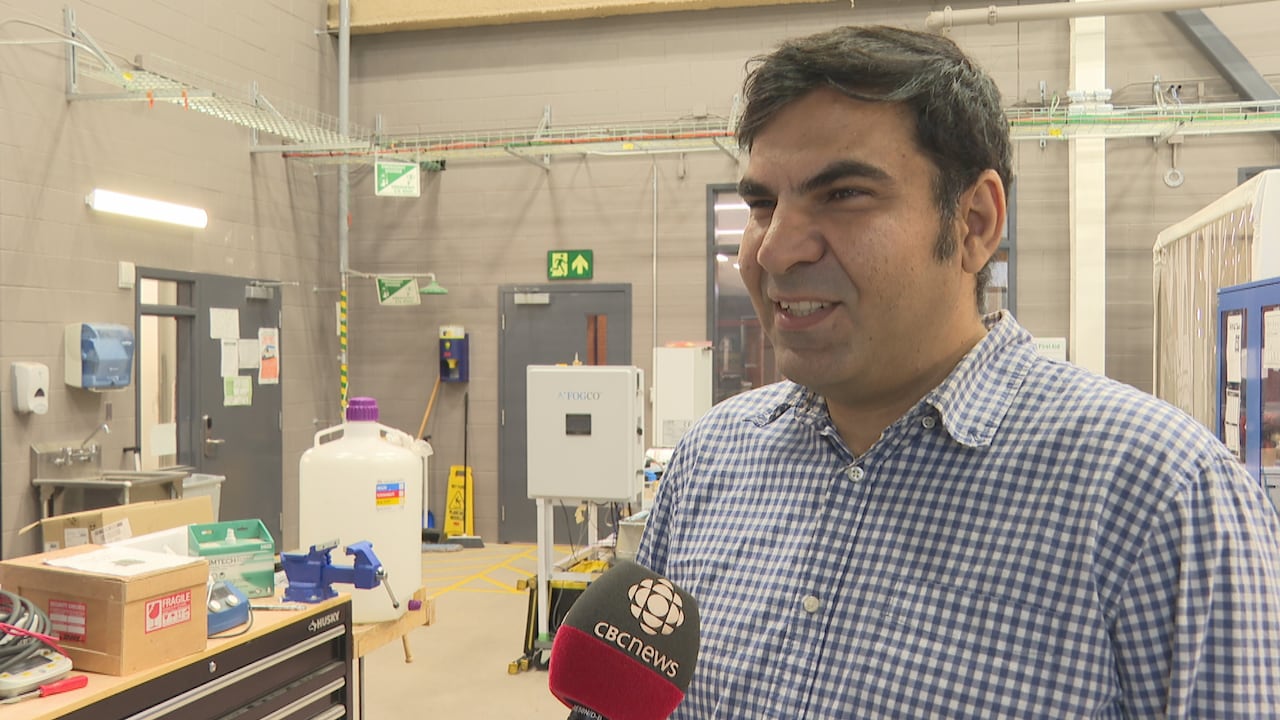Researchers at UPEI are experimenting with using sawdust to clean wastewater, and they hope in the future they can use it to remove ‘forever chemicals’ — like PFAS.
The project uses sawdust from local mills on Prince Edward Island and turns it into activated carbon, which is commonly used in household water filtration devices.
Yulin Hu, assistant professor of engineering at UPEI, says it works similarly to a sponge.
“Once the contaminants come in, the contaminants will stay inside of [the] open space,” she said. “So, now you can remove them from the water.”
So far, Hu said they have tested it against synthetic dyes, a water contaminant commonly found in the textile industry. The next step is to test it on real wastewater from some of P.E.I.’s industries.
While researchers have yet to test its effectiveness against water contaminated with PFAS, Hu said there is a possibility it could help Islanders dealing with the chemicals contaminating their drinking water.
A report from the federal government said exposure to PFAS can be harmful to the body, including the liver, kidneys, immune system, reproductive system and nervous system.
“The drinking water is very important,” Hu said. “In P.E.I., some of the communities have suffered a lot from PFAS in the wastewater so we wanted to help them and then we kind of think about, what are the solutions that we could come up with?”
‘It’s on us’
Milad Jalilian is a PhD student at UPEI who has been working on the project for the last two years.
“It’s on us,” he said. “We are human and we are making the water dirty, so we should clean it too.”
Jalilian used to be a petroleum engineer. He said he would often see oil spills when working on an offshore platform, and that, in part, eventually led him into doing this kind of research.

“You’re helping the community, you’re helping the environment. That feels great when you see that.”
One of the goals of the project is to create a filter that can be used in homes and by companies on an industrial level.
Researchers have also been turning the sawdust into biochar, which is created from natural waste materials typically from the agriculture and forestry sector.
Hu says this product could potentially be used by farmers to hold more water in their soil.







